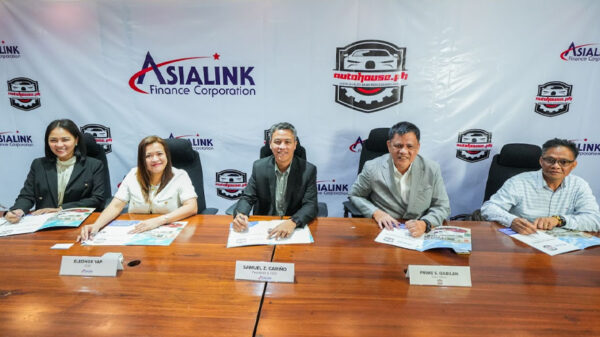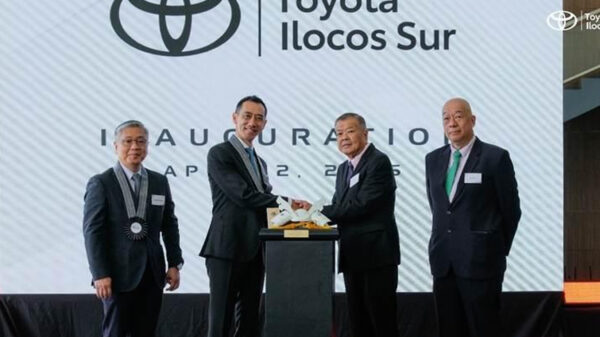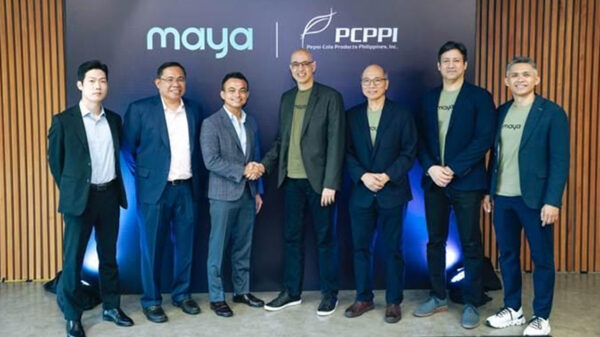By Alan Zeichick
Editorial Director, NetEvents
We all have heard the usual bold predictions for technology in 2018: Lots of cloud computing, self-driving cars, digital cryptocurrencies, 200-inch flat-screen televisions, and versions of Amazon’s Alexa smart speaker everywhere on the planet. Those types of predictions, however, are low-hanging fruit. They’re not bold. One might as well predict that there will be some sunshine, some rainy days, a big cyber-hack, and at least one smartphone catching fire.
Let’s dig for insights beyond the blindingly obvious. I talked to several tech leaders, deep-thinking individuals in California’s Silicon Valley, asking them for their predictions, their idea of new trends, and disruptions in the tech industry. Let’s see what catches their eye.
Gary Singh, VP of marketing, OnDot Systems, believes that 2018 will be the year when mobile banking will transform into digital banking — which is more disruptive than one would expect. “The difference between digital and mobile banking is that mobile banking is informational. You get information about your accounts,” he said.
Singh continues, “But in terms of digital banking, it’s really about actionable insights, about how do you basically use your funds in the most appropriate way to get the best value for your dollar or your pound in terms of how you want to use your monies. So that’s one big shift that we would see start to happen from mobile to digital.”
Tom Burns, Senior Vice President of Dell EMC Networking, has been following Software-Defined Wide Area Networks. SD-WAN is a technology that allows enterprise WANs to thrive over the public Internet, replacing expensive fixed-point connections provisioned by carriers using technologies like MPLS.
“The traditional way of connecting branches in office buildings and providing services to those particular branches is going to change,” Burns observed. “ If you look at the traditional router, a proprietary architecture, dedicated lines. SD-WAN is offering a much lower cost but same level of service opportunity for customers to have that data center interconnectivity or branch connectivity providing some of the services, maybe a full even office in the box, but security services, segmentation services, at a much lower cost basis.”
NetFoundry’s co-founder, Michael Hallett, sees a bright future for Application Specific Networks, which link applications directly to cloud or data center applications – with the focus on the application, not on the device. “For 2018, when you think of the enterprise and the way they have to be more agile, flexible and faster to move to markets, particularly going from what I would call channel marketing to, say, direct marketing, they are going to need application-specific networking technologies.”
Hallett explains that Application Specific Networks offer the ability to be able to connect from an application, from a cloud, from a device, from a thing, to any application or other device or thing quickly and with agility. Indeed, those connections, which are created using software, not hardware, could be created “within minutes, not within the weeks or months it might take, to bring up a very specific private network, being able to do that. So the year of 2018 will see enterprises move towards software-only networking.”
Mansour Karam, CEO and founder of Apstra, also sees software taking over the network: “I really see massive software-driven automation as a major trend. We saw technologies like intent-based networking emerge in 2017, and in 2018, they’re going to go mainstream.”
The Future May Be Open Networking
Dell was founded in 1984 to sell white-box desktop computers. Will the future of networking be white-box switches, instead of proprietary systems? Tom Burns thinks so.
“A surprising prediction I’d like to make for next year, which is a little bit on the edge, is that traditional networking is going to go bye-bye,” he said. “I think the adoption of white-box switching, the adoption of disaggregated switching between hardware and software, and even the advancement of disaggregating networking operating software is going to accelerate at a much faster pace.”
Not only that, but Burns believes that traditional networking is going to decline significantly. “We’ll begin to see some of the traditional networking players, such as Cisco or Arista, start to align with the Dell EMC Technologies approach to networking – open, disaggregated, disaggregated even at a NOS level.”
The benefit, Burns insists, is that open, standards-based networking provides much more flexibility, much more scalability, much more consistency between server storage and networking, than close, proprietary systems. “I think the old way of selling networking is going to go out the door, and a new, innovative approach to open networking is going to happen. We’ve already seen it a bit with some of our competitors announcing that their software can now run on white-box solutions, and I think we’re going to see more and more in that. In fact, my prediction is you’re going to see it even from the number one – well, the supposed number one in switching today.”
While Burns wouldn’t be specific about who he called the “supposed number one in switching today,” you probably wouldn’t be wrong to assume that it’s a company with a five-letter name starting with C and ending with O.
Five More Predictions
The expert big-thinkers above offered five predictions for 2018. I’ve spoken to other industry leaders, and around networking they predict:
- A major cyber-breach will affect carriers, clouds and service providers.
- The Internet of Things will drive rapid 5G build-outs and adoption.
- Augmented reality and virtual reality will spike significant bandwidth demand.
- Everything will be virtualized. Everything.
- Artificial intelligence and machine learning will take over network management.
So there you have it, 2018 is set to be truly exciting — and not a bit like 2017. Except for the exploding smartphone, of course. That’s a given.













































































































